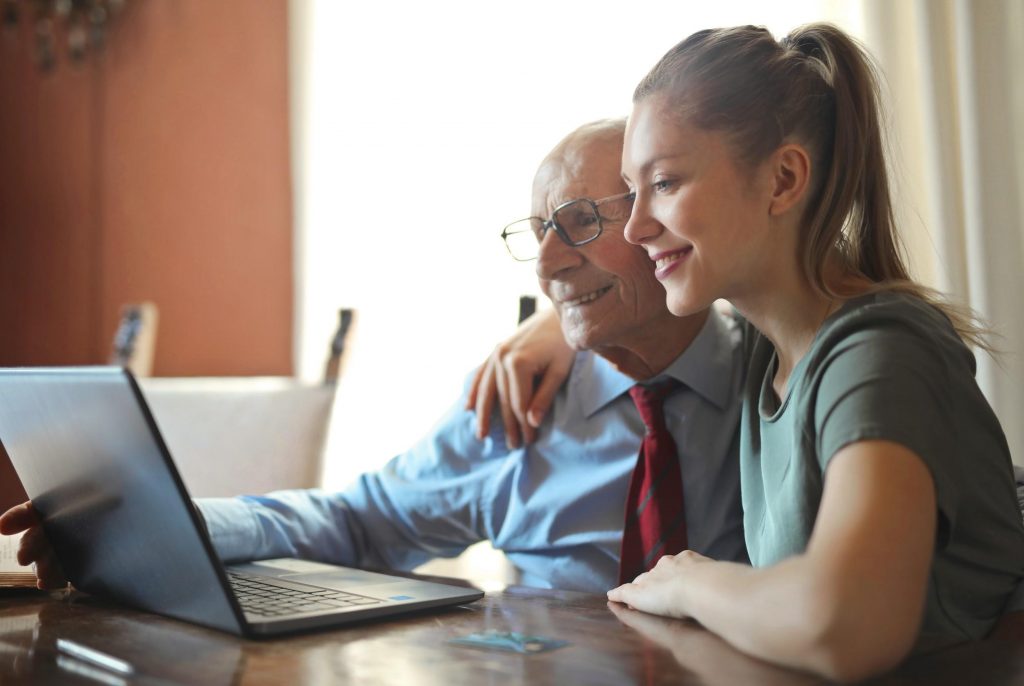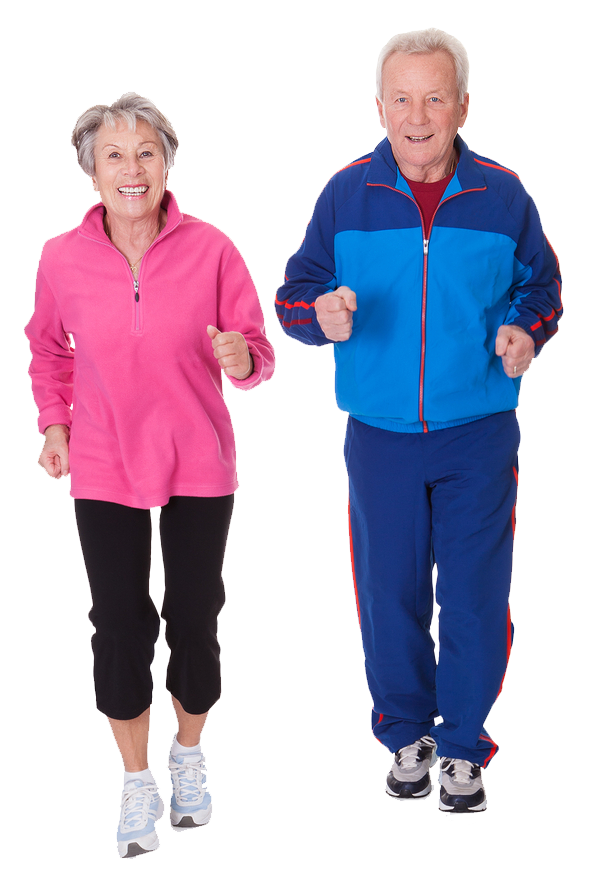Guest article by June Duncan . . . Find her at june@riseupforcaregivers.org

Photo via Pixabay
The death of the spouse of a senior is a devastating life event which impacts the emotional health of the senior as well as those of their family members. The extended grieving process becomes especially hard to wade through as details behind the final arrangements are settled, such as the transportation and burial of the remains and handling the will and other legal documents. It can be a fractious time, particularly when family members don’t see eye-to-eye on the final arrangements.
However, one scenario that especially exacerbates the pain, is when the surviving senior suffers from a serious dementia disease such as Alzheimer’s and has tremendous difficulties processing the fact of the death. Depending on how far the disease has progressed, these individuals may face symptoms like forgetfulness and memory loss for milder cases to hallucinations and disorientation for more severe cases.
Newly faced with the “disappearance” of her mate and primary caregiver, the dementia sufferer is likely to express random peaks of confusion over the missing status of the person followed by periods of sad mourning in recalling the death. There may also be periods of forgetfulness when the dementia sufferer continually speaks of the departed in the present tense. Such a mix of variant reactions stresses out and wounds family members who would like nothing better than to see the Alzheimer’s sufferer properly move forward with the grieving process.
Processing the Grief
It’s necessary to understand how people grieve and the various stages of grief individuals typically experience. How well the dementia sufferer will take the news of their spouse’s death depends on several factors, such as: the severity of her condition, how attached she was to her spouse, how often they were together, and her own personal approach to grieving.
The dementia-affected senior will definitely notice something is missing, that something is wrong, and express restlessness and agitation over the not-so-subtle changes. They may credit the changes to the death of someone else, or even relate the changes to the death of someone who died decades before. Because of this, family members are often at a loss as to how to “correct” the senior loved one, while minimizing the heart-wrenching pain of “reliving” the notification of death.
Helping the Dementia Sufferer Accept the Death
Here are a few ways you can help the dementia sufferer accept the loss:
- Speak of the recently deceased in the past tense. For example, “Dad loved a well decorated table on Thanksgiving.”
- While talking about the departed in front of the Alzheimer’s affected senior, make it a point to communicate your sad feelings. For example: “I miss the sound of Dad’s piano playing. He always could make us want to sing along to his music, didn’t he? Remember when he…” Watch videos of family special occasions together and revel in fond memories of the departed. Talking about your love of the person will help the senior and family caregivers properly mourn the death.
- Don’t try to force a discussion of the deceased on your loved one. Be loving and accepting of whether the senior wants to broach the topic or not. A forced discussion would only stress the senior out further. Instead, wait for the topic to naturally arise.
A Final Thought
A great deal of love and patience is required to break through to your loved one through the gray fog of dementia. This is true, but above all, be greatly loving, patient, and compassionate with yourself first, as you and your family struggle with open bereavement. If you can’t take care of your own emotional needs first, you won’t be much help to the senior loved one. When suffering from a specific episode of pain, turn to your family to find the love and support you need.









